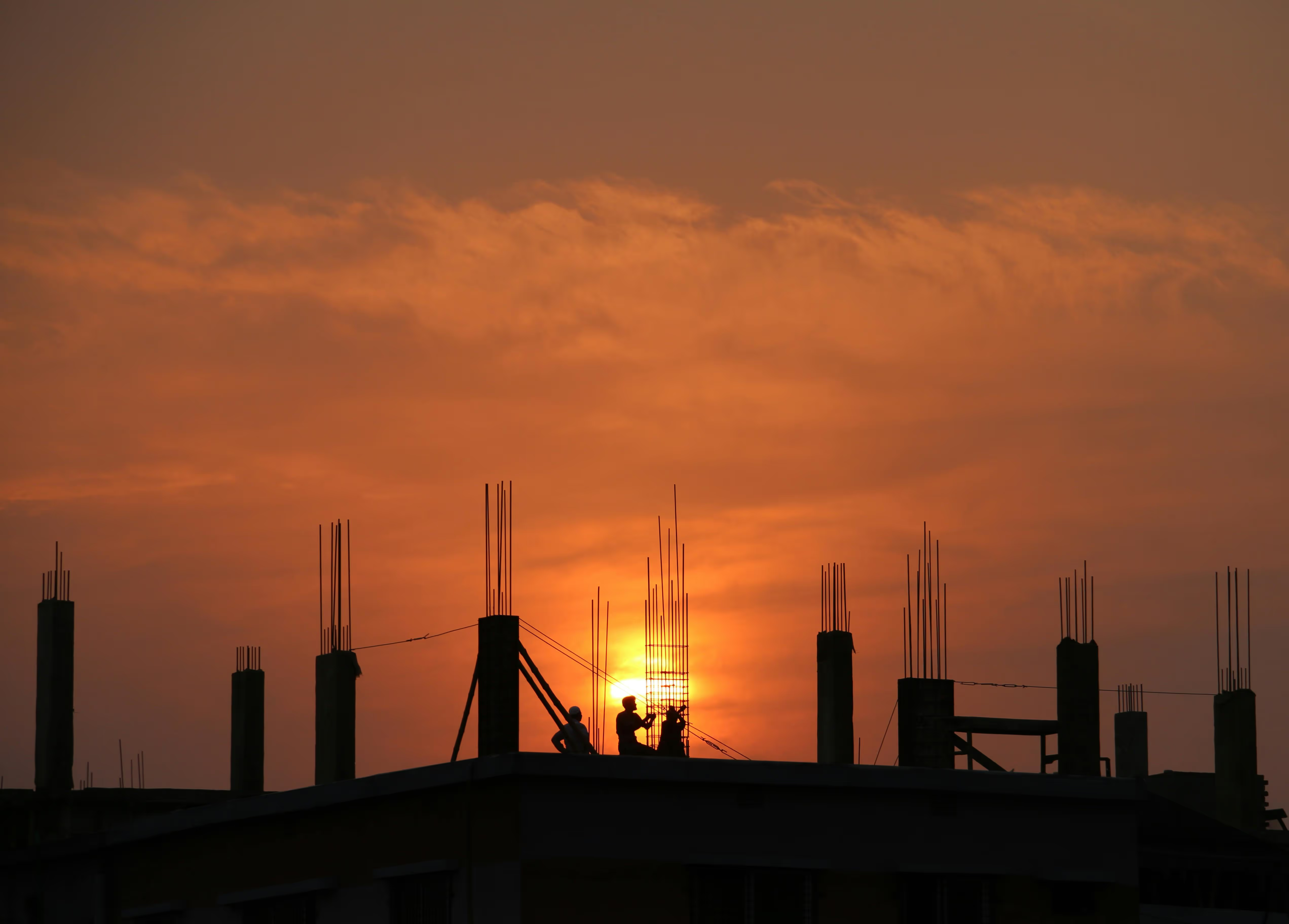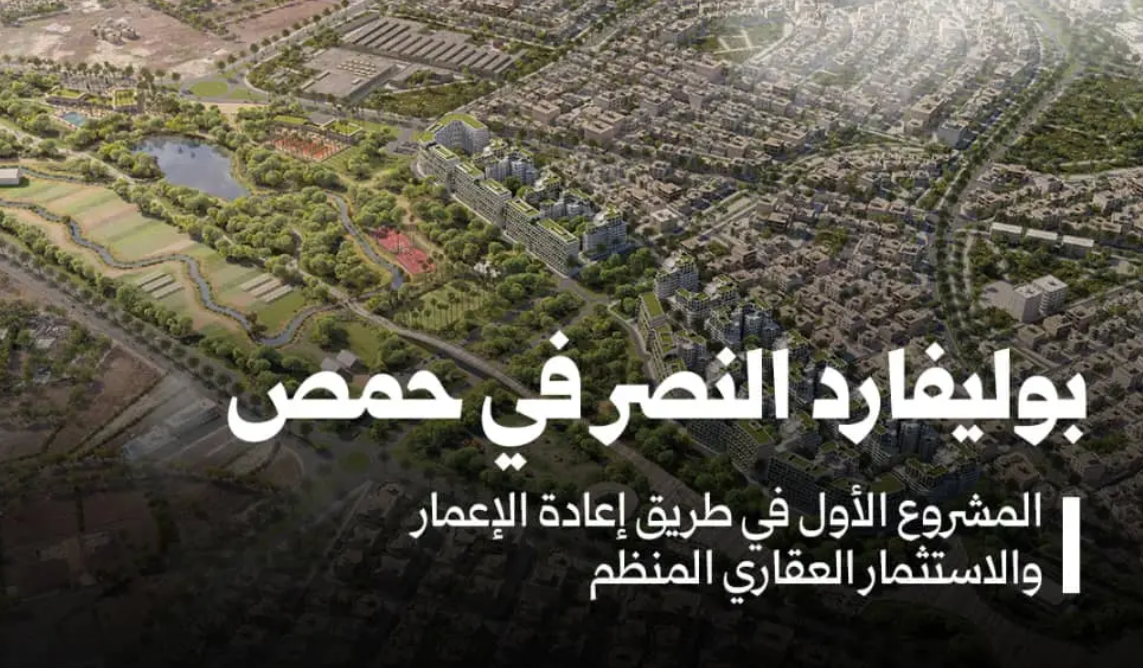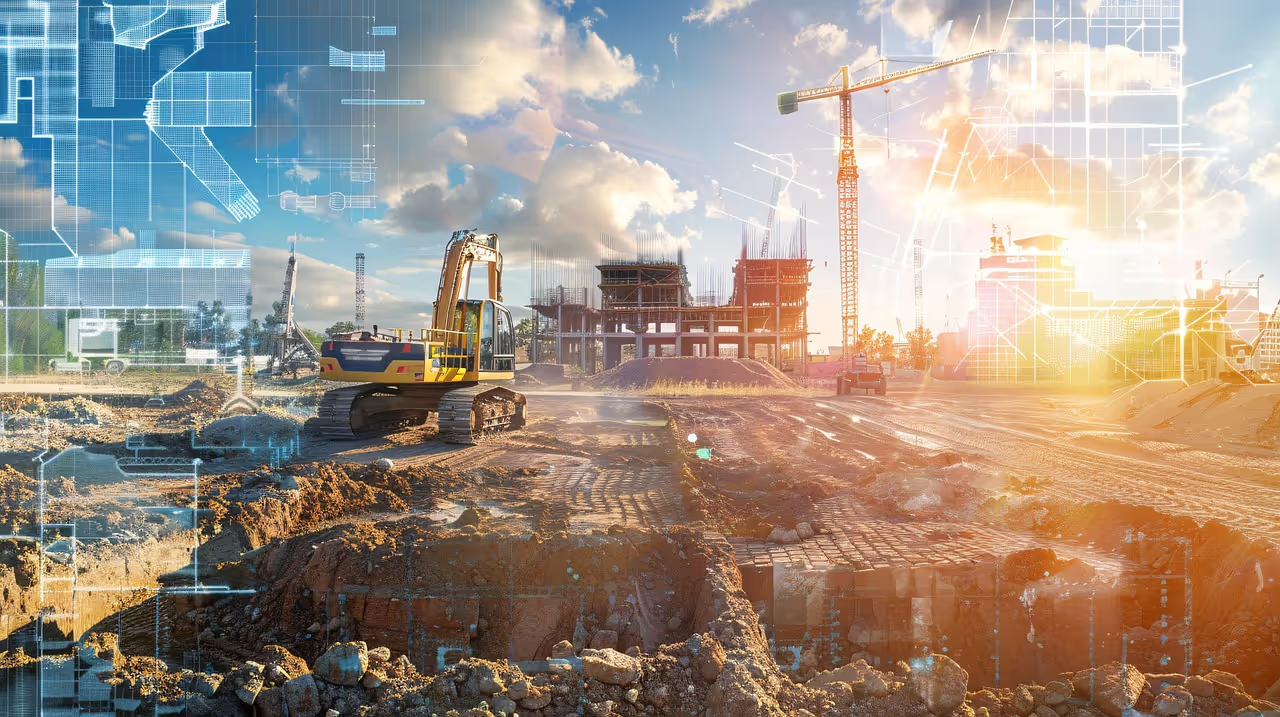The reconstruction process in Syria isn't just an opportunity to rebuild what was destroyed; it's a unique chance to adopt a "Build Back Better" approach. This strategy focuses on reconstructing in a sustainable and resilient manner, aiming to reduce future risks and protect communities from potential shocks, whether natural disasters or environmental challenges. Applying this concept means that every project, from the smallest home to the largest infrastructure endeavor, must be designed and implemented according to international best practices for post-crisis reconstruction.
Why "Build Back Better"?
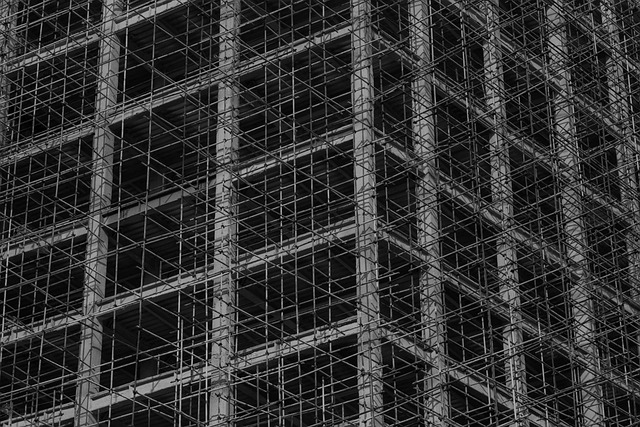
Lessons learned from crises and disasters worldwide clearly show that simply "rebuilding" on the same old foundations can lead to a repetition of the same damages in the future. "Build Back Better" goes beyond this by introducing fundamental concepts that ensure not only the restoration of what was, but its improvement to be stronger, more sustainable, and more efficient. This approach is based on key principles:
- Resilience: Designing and constructing structures and communities that can withstand shocks, absorb disturbances, and recover quickly. This includes resistance to natural disasters like earthquakes and floods.
- Environmental Sustainability: Reducing the environmental impact of construction and operation through efficient resource use, waste reduction, and the selection of eco-friendly materials.
- Economic Efficiency: Focusing on solutions that offer long-term cost savings, such as energy- and water-efficient designs, which reduce operational and maintenance bills.
- Social Equity: Ensuring that the reconstruction process serves all segments of society, provides safe and healthy housing, and improves the quality of life for everyone.
Foundations of Sustainable and Resilient Building in the Syrian Context
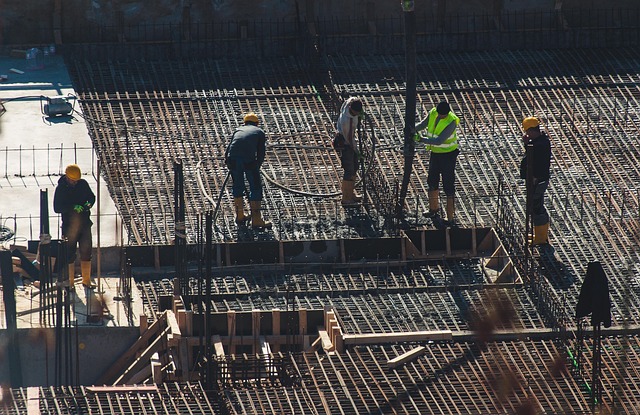
Sustainable and resilient building practices require integrating multiple considerations at every project stage:
- Shock-Resistant Design:
- Earthquake Resistance: Applying the latest engineering codes for designing foundations and structures that can withstand seismic forces, especially in active seismic zones.
- Flood Resistance: Designing infrastructure, such as drainage and sewage systems, to handle heavy rainfall and prevent flooding, and elevating buildings in flood-prone areas.
- High Wind and Fire Resistance: Using building materials and techniques that minimize damage from severe weather phenomena and provide better protection against fires.
- Environmental Sustainability Standards:
- Energy Efficiency: Designing buildings with excellent thermal insulation, utilizing natural lighting and ventilation systems, and integrating renewable energy sources like solar panels for electricity generation and water heating.
- Water Management: Installing rainwater harvesting systems, treating and reusing greywater, and using water-efficient fixtures to reduce consumption.
- Sustainable Material Selection: Prioritizing locally sourced, recyclable materials with a low carbon footprint, while minimizing the use of harmful chemicals.
- Waste Management: Adopting effective strategies for reducing construction waste, recycling it, and composting organic waste.
- Resilient Urban Planning:
- Green Spaces: Integrating parks and green areas that help regulate temperature, improve air quality, and provide recreational zones.
- Integrated Infrastructure: Designing interconnected road networks, public transportation, and essential services (water, electricity, communications) that are adaptable to future growth.
- Community Participation: Involving local communities in the planning and design process to ensure projects meet their needs and aspirations.
Adopting the "Build Back Better" approach in Syria's reconstruction isn't a luxury; it's a vital investment in the country's future. It ensures that buildings and infrastructure will not just be new structures, but symbols of resilience, innovation, and a commitment to a healthy environment and a sustainable future. By applying international best practices, Syria can rise from the rubble not only stronger, but also more sustainable and resilient for generations to come.

